Andymath.com features free videos, notes, and practice problems with answers! Printable pages make math easy. Are you ready to be a mathmagician?
Notes

Questions
\(\textbf{1)}\) There are 400,000 people living within a 5 miles radius of thecity center of Sometown, USA. What is the population density?
\(\textbf{2)}\) Within 4 miles of city center of KarenVille, the population density is 500 people per square mile. What is the population of KarenVille?
\(\textbf{3)}\) 540 people live in a 10 acre town. What is the population density of the town?
\(\textbf{4)}\) 78,000 people live in a town with population density of 500 people per square mile. What is the total area of the town?
\(\textbf{5)}\) The population density of a rural area is 20 people per square kilometer. If the area of the rural region is 500 square kilometers, what is the total population of the area?
\(\textbf{6)}\) If a city has a population of 200,000 and a population density of 800 people per square kilometer, what is the area of the city in square kilometers?
\(\textbf{7)}\) In a suburban area, there are 15,000 people residing in a 5 square mile region. What is the population density of the suburban area?
\(\textbf{8)}\) A village has a population density of 100 people per square kilometer. If the population of the village is 2,500, what is the area of the village in square kilometers?
\(\textbf{9)}\) If a town has a population of 80,000 and a population density of 200 people per square kilometer, what is the area of the town in square kilometers?
\(\textbf{10)}\) A forest reserve has a population density of 5 animals per square kilometer. If the reserve covers an area of 1,000 square kilometers, what is the total animal population in the reserve?
See Related Pages\(\)
\(\bullet\text{ Geometry Homepage}\)
\(\,\,\,\,\,\,\,\,\text{All the Best Topics…}\)
\(\bullet\text{ Intro to Polygons}\)
\(\,\,\,\,\,\,\,\,\)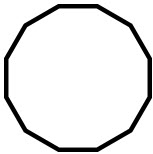
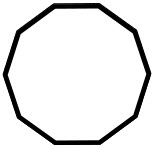
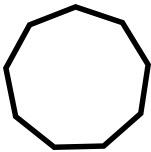
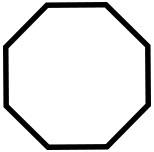




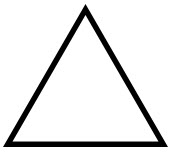 \(…\)
\(…\)
\(\bullet\text{ Angles of Polygons}\)
\(\,\,\,\,\,\,\,\,\text{Sum}=(n-2)180^{\circ}…\)
\(\bullet\text{ Area of a Regular Polygon (Apothem)}\)
\(\,\,\,\,\,\,\,\,\text{Area}=\frac{1}{2}\text{(Apothem)(Perimeter)}\)…
In Summary
Population density is a measure of how many people live in a particular area. It is typically expressed as the number of people per square kilometer or square mile. We learn about population density in order to understand how people are distributed across the globe. This information can help us make informed decisions about things like resource allocation, infrastructure development, and social services.
A fun fact about population density is that the most densely populated country in the world is Monaco, with a population density of over 16,000 people per square kilometer.
The concept of population density was first introduced by Thomas Malthus in his work “An Essay on the Principle of Population,” published in 1798. Malthus used population density as a way to understand the potential for population growth and its impact on resource availability.
Some related topics to population density include population growth, urbanization, and demographics. Understanding population density can help us better understand these other concepts and how they impact society and the environment.
Topics that use Population Density
Demographics: Population density is an important concept in the study of demographics, as it helps us understand how people are distributed across different regions and how population patterns are changing over time.
Statistics: Population density is often used in statistical analysis to compare different regions or countries. It can be used to calculate the mean, median, or mode of a population, or to compare the distribution of populations across different areas.
Geography: Population density is an important concept in geography, as it helps us understand how people are distributed across the earth’s surface. It is often used to compare different regions or to study the impact of population density on things like resource availability and infrastructure development.
Economics: Population density can have an impact on economic factors such as resource availability and labor markets. It is often used to study the economic impact of population growth and change.
Environmental science: Population density can have an impact on the environment, as a higher population density can lead to more resource consumption and waste production. It is often used to study the environmental impact of population growth and change.
About Andymath.com
Andymath.com is a free math website with the mission of helping students, teachers and tutors find helpful notes, useful sample problems with answers including step by step solutions, and other related materials to supplement classroom learning. If you have any requests for additional content, please contact Andy at tutoring@andymath.com. He will promptly add the content.
Topics cover Elementary Math, Middle School, Algebra, Geometry, Algebra 2/Pre-calculus/Trig, Calculus and Probability/Statistics. In the future, I hope to add Physics and Linear Algebra content.
Visit me on Youtube, Tiktok, Instagram and Facebook. Andymath content has a unique approach to presenting mathematics. The clear explanations, strong visuals mixed with dry humor regularly get millions of views. We are open to collaborations of all types, please contact Andy at tutoring@andymath.com for all enquiries. To offer financial support, visit my Patreon page. Let’s help students understand the math way of thinking!
Thank you for visiting. How exciting!